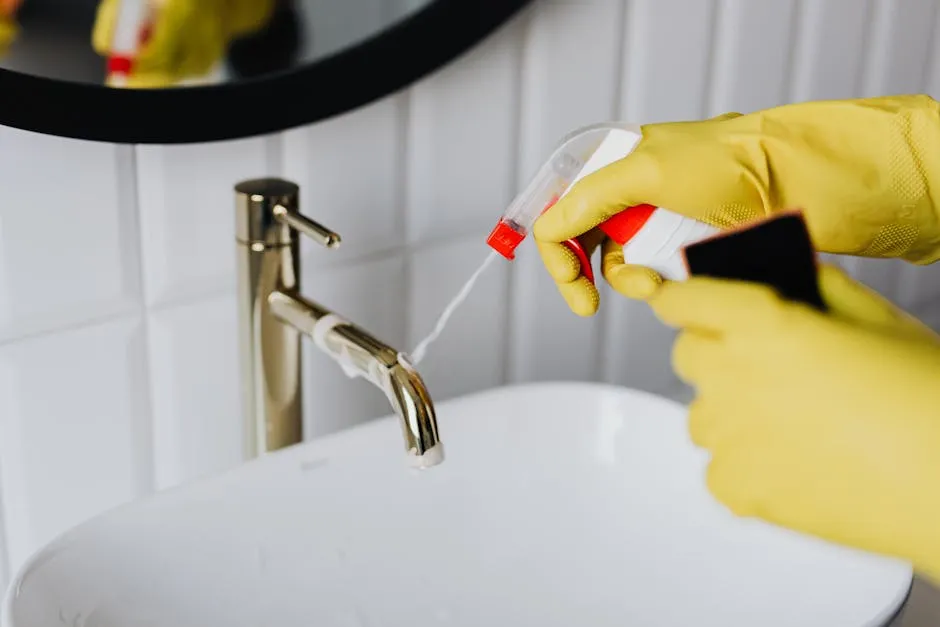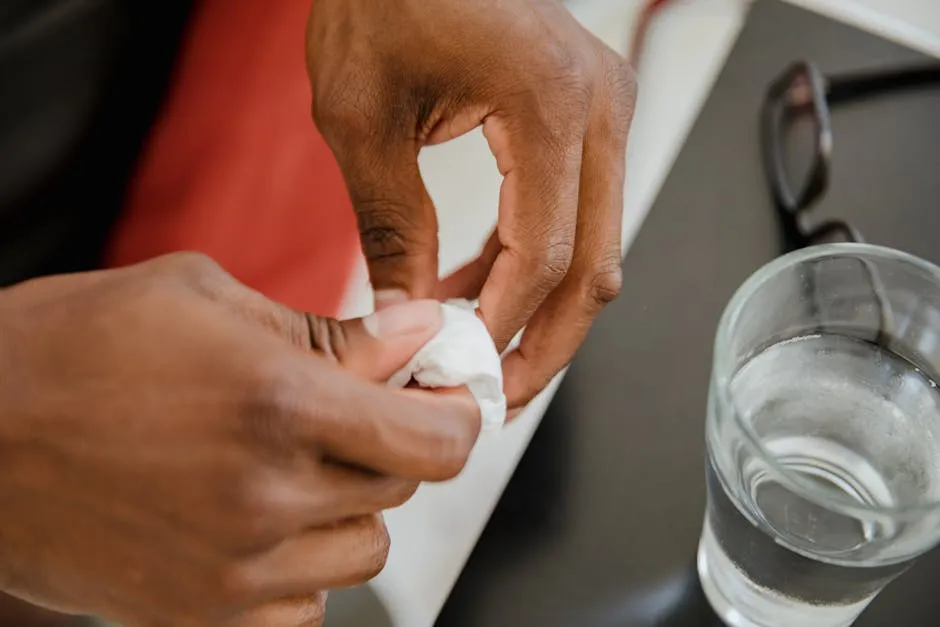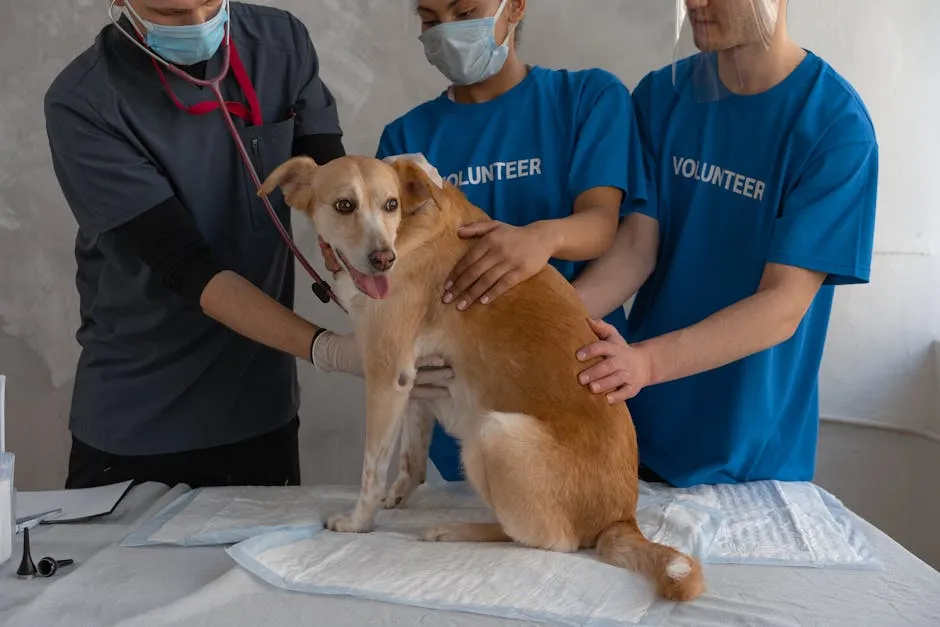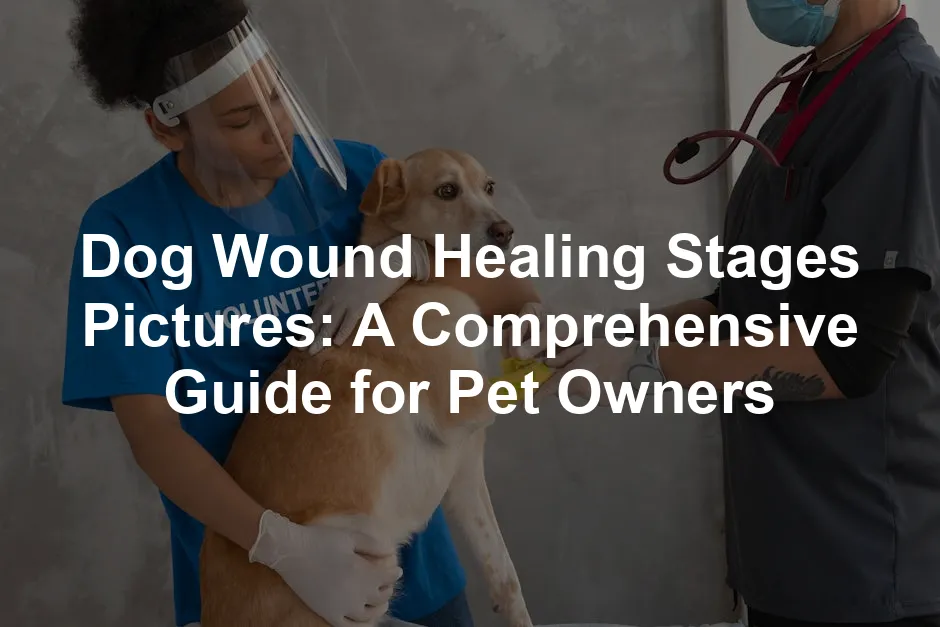Introduction
When your dog gets injured, understanding the healing stages is essential. Each stage reveals how well your furry friend is recovering. Visual aids, like pictures, can help you quickly recognize these stages. This article aims to explain the healing process and provide images to illustrate each phase.
Speaking of keeping that furball safe, why not consider a PetSafe Easy Sport Dog Harness? It’s perfect for those spirited walks when your dog might decide to chase a squirrel. Your arms and back will thank you!

Summary and Overview
Dog wound healing occurs in four main stages: Inflammation, Debridement, Repair, and Maturation.
1. Inflammation: This is the first response to injury. Blood flow increases, and immune cells rush to the site to prevent infection.
2. Debridement: The body cleans the wound by removing dead tissue and bacteria. This process is crucial for preventing infection.
3. Repair: In this phase, new tissue forms, and the wound begins to close. This is where your dog’s body works hard to rebuild what was lost.
4. Maturation: The final phase involves strengthening the new tissue. Scars may form, but the area gradually regains strength.
As a pet owner, your role is vital. Monitoring your dog’s healing is crucial. If you notice anything unusual, seek veterinary help. Pictures included in this guide will help you track the healing process effectively.

Understanding Dog Wounds
Types of Dog Wounds
Dogs can suffer from various types of wounds, including lacerations, abrasions, and puncture wounds. Each type affects the healing process differently.
- Lacerations: These are deep cuts that may require stitches. They can bleed heavily and often need veterinary attention.
- Abrasions: These are superficial scrapes, usually caused by friction. They might not require much care but still need cleaning to prevent infection.
- Puncture Wounds: Caused by sharp objects, these wounds can be deceptively small. However, they can introduce bacteria deep into the tissue, potentially leading to serious infections.
Symptoms to watch for include swelling, redness, and discharge. Timely veterinary intervention is essential for all types of dog injuries. If you’re ever in doubt about your dog’s wound, consult your vet for guidance and care advice.
Speaking of guidance, why not arm yourself with a Dog First Aid Book? It’s like having a mini vet in your pocket for those unexpected moments!
The Four Stages of Dog Wound Healing
Stage 1: Inflammation
When your dog gets a wound, the body reacts almost instantly. This first stage, inflammation, is essential for protecting the injured area. The immune system activates, sending white blood cells to fight off any potential infections. Increased blood flow leads to swelling and redness, which are normal signs.
Common symptoms of inflammation include pain and heat around the wound. You may also notice immobility or reluctance to use the affected area. While some inflammation is expected, keep an eye out for unhealthy signs. Excessive swelling, high fever, or continuous bleeding can indicate complications.
Healthy inflammation will gradually subside within a week. However, monitor the wound closely. If you see any concerning changes, consult your veterinarian. Remember to take pictures during this stage. These will help you track your dog’s recovery and provide valuable information if you need to seek veterinary care later.

Stage 2: Debridement
After inflammation, the next phase is debridement. This stage is the body’s way of cleaning up the wound. It starts a few hours after the injury occurs. The body works to remove dead tissue and bacteria, ensuring a clean environment for healing.
There are two types of debridement: selective and non-selective. Selective debridement targets only damaged tissue, leaving healthy tissue intact. Non-selective debridement, on the other hand, removes both healthy and unhealthy tissue. Ideally, you want to see signs of effective debridement, such as a reduction in swelling and a clean appearance of the wound.
However, if you notice blackened tissue, that could indicate necrosis. This might require veterinary intervention. Keep documenting the wound’s appearance with photos. These will help you monitor progress and communicate effectively with your vet if concerns arise.

Stage 3: Repair
The repair phase is crucial for your dog’s healing journey. This stage typically begins a few days after the injury. During this time, the body focuses on regenerating tissue and forming new skin. The wound closes through two primary methods: primary intention and secondary intention.
In primary intention healing, edges of the wound are brought together, often seen in surgical cuts. Secondary intention healing happens when the wound cannot be stitched, leading to gradual tissue buildup from the base. This process involves filling the wound, contracting its edges, and re-epithelization, where new skin cells cover the area.
Maintaining a clean environment greatly influences healing. Ensure your dog’s wound stays clean and free from debris. Regularly clean the area with a non-toxic antimicrobial solution. It’s essential to prevent your dog from licking or scratching the wound, as this can lead to complications.
For that, consider an Elizabethan Collar for Dogs. It’s the stylish way to keep your pup from turning their wound into a chew toy!
At home, keep an eye on your dog’s behavior and the wound’s appearance. Look for signs of infection, like increased redness or discharge. Take pictures to track the healing process. This visual record can help you and your vet assess progress effectively.

Stage 4: Maturation
The maturation phase is the final step in your dog’s wound healing process. This stage can last from weeks to months, depending on the injury’s severity. During this time, the new tissue strengthens, and scars begin to form.
Initially, the scar may appear raised and red. Over time, it will flatten and lighten in color as it matures. The scar will never regain the full strength of uninjured skin, typically reaching about 80% of its original strength.
Long-term care for scar tissue is vital. Regularly check the area for any signs of irritation or discomfort. Keeping the scar moisturized can help reduce itchiness and promote better healing. Avoid exposing the scar to excessive sun, as this can cause discoloration.
As your dog completes the healing process, look for signs that indicate full recovery. These include improved mobility and normal behavior. Encourage pet owners to take before-and-after pictures of the wound. This documentation can be both satisfying and informative for future reference.

Helping Your Dog Through the Healing Process
Home Care Tips
Caring for your dog’s wound at home is crucial for a smooth recovery. Start by cleaning the wound gently. Use warm water and a mild soap if necessary. Avoid harsh cleaners like hydrogen peroxide, which can irritate the skin. After cleaning, apply a suitable antibacterial ointment.
Dressing the wound is essential. Use sterile gauze and a self-adhesive bandage to keep it protected. Change the bandage regularly to prevent moisture buildup.
Monitoring for infection is vital. Look for signs like redness, swelling, or unusual discharge. If you notice any of these, contact your vet immediately.
Preventing your dog from licking the wound is also necessary. An Elizabethan collar, or “cone,” can help keep them from causing further injury.
Speaking of prevention, have you considered a Dog Nail Clipper and Nail File? Keeping those nails trimmed can prevent injuries and make your dog more comfortable—plus, you’ll avoid those accidental toe stubs!

Remember, your vigilance plays a big role in their healing. Have you cared for a dog’s wound before? Share your experiences and pictures with us!
When to Seek Veterinary Assistance
Knowing when to contact your veterinarian can make a significant difference in your dog’s recovery. Watch for signs of infection, such as increased redness, swelling, or discharge. These symptoms may indicate a problem that needs immediate attention.
Certain injuries require professional care. If your dog has a puncture wound or a deep laceration, seek help right away. Animal bites should always be evaluated by a vet, as they can quickly become infected.
Injuries near sensitive areas, like the eyes or mouth, also warrant a vet visit. Timely intervention can prevent complications and promote better healing.
If you’re ever in doubt, don’t hesitate to reach out to your vet for advice. Your dog’s health is worth it!

Conclusion
In summary, understanding the stages of dog wound healing is vital for pet owners. Each stage—Inflammation, Debridement, Repair, and Maturation—plays a crucial role in recovery. Documenting your dog’s healing with pictures helps track progress and identify any issues. Proactive care and monitoring can significantly enhance your dog’s recovery. Always keep an open line of communication with your veterinarian to ensure your furry friend heals properly. Your attentive care makes a difference!

FAQs
What does a healing dog wound look like?
A healing dog wound changes visually through several stages. Initially, you may see redness and swelling, indicating inflammation. As healing progresses, the wound will start to scab over and become less inflamed. During the repair phase, new tissue forms, and the wound may appear pinkish. Finally, in maturation, the scar tissue will develop and gradually fade, indicating that the wound is healing well.
How long does it take for a dog wound to heal?
The healing time for a dog wound varies based on several factors. Minor wounds may heal within a week, while deeper or more complex injuries can take several weeks or even months. Factors such as age, overall health, and wound care significantly influence the healing process. Always consult your vet for a specific timeline based on your dog’s condition.
What should I do if my dog’s wound looks infected?
If your dog’s wound appears infected, it’s crucial to take action quickly. Look for signs such as increased redness, swelling, pus, or a foul odor. These symptoms indicate a potential infection. Contact your veterinarian immediately for proper evaluation and treatment. Timely intervention can prevent further complications and support your dog’s recovery.
Can I use over-the-counter products for my dog’s wound?
Using over-the-counter products for your dog’s wound can be risky. Some human products may contain ingredients that irritate or harm your pet. Always consult your veterinarian before applying any medication. They can recommend safe and effective treatments tailored to your dog’s needs.
How can I prevent my dog from licking their wound?
Preventing your dog from licking their wound is essential for proper healing. One effective solution is to use an Elizabethan collar, commonly known as a “cone.” This device keeps your dog from reaching the wound. Additionally, consider using bitter-tasting sprays designed to deter licking. Monitor your dog closely to ensure they’re not causing harm to the healing area.
When should I consider professional treatment for my dog’s wounds?
Professional treatment should be sought when a dog’s wound shows signs of infection, such as increased redness, swelling, or discharge. Additionally, wounds that are deep, gaping, or embedded with foreign objects require veterinary attention. If you’re unsure about the severity of your dog’s injury, it’s best to consult your vet to ensure proper care.
Are there any home remedies for dog wound healing?
Some home remedies may assist in dog wound healing, but caution is essential. Mild saline solutions can be used to clean wounds, while honey has natural antibacterial properties. However, it’s best to avoid any unverified remedies. Always consult your veterinarian before trying home treatments, as they can advise on safe options that support healing effectively.
Please let us know what you think about our content by leaving a comment down below!
Thank you for reading till here 🙂 And don’t forget to treat your pup with some Greenies Original Dental Dog Treats for a fresh breath and a happy pup!
For more information on how to care for your dog’s dental health, check out our article on Understanding canine dental health and home care tips.
All images from Pexels





